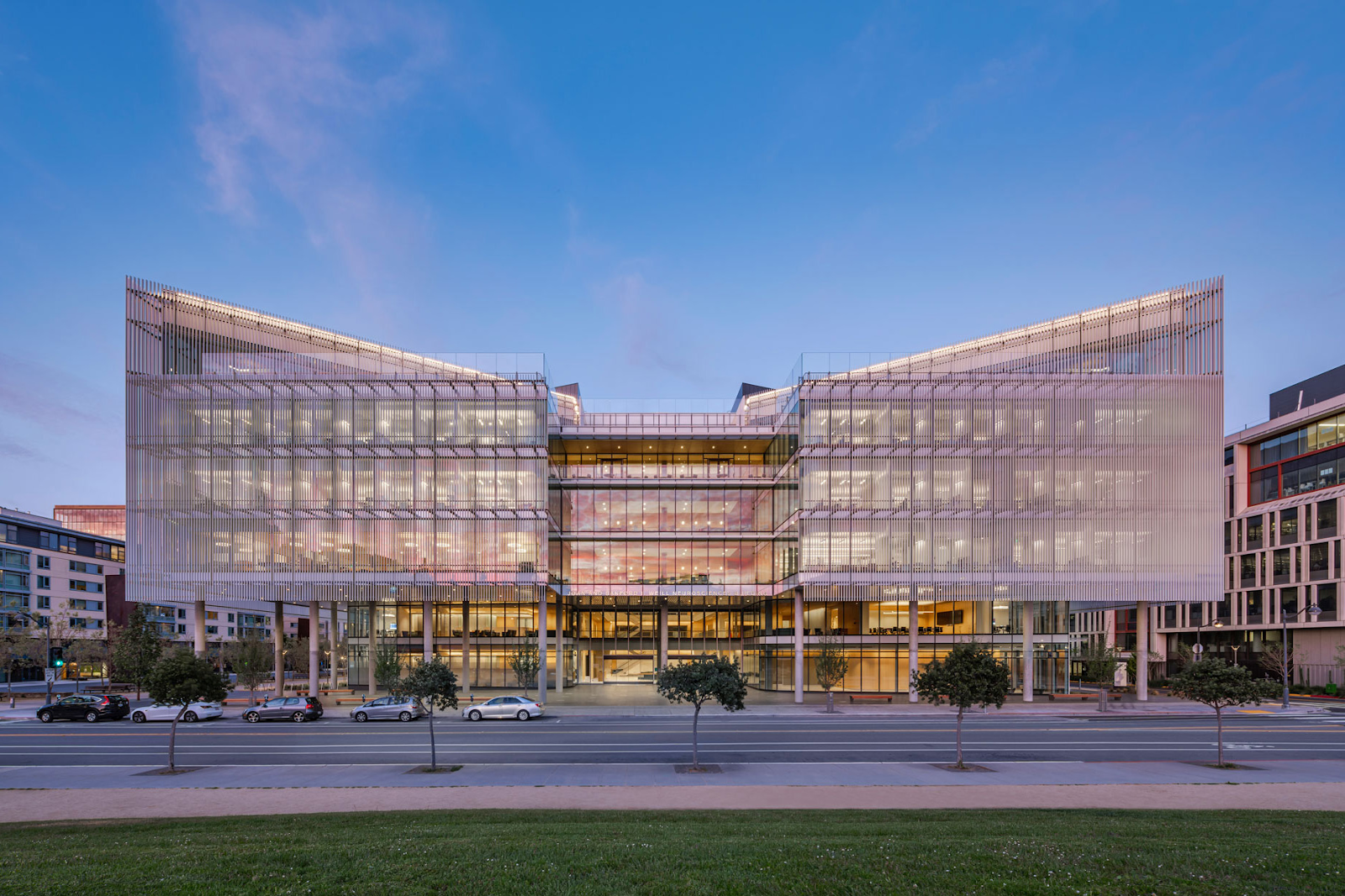After over a decade in startups, I recently joined UCSF’s Abbasi Lab. I began in February 2022 as a volunteer, and then I went full-time in September 2022 on a one-year specialist appointment. It has been a wonderful experience so far, and I wanted to share why.
My big goal and hope is that humanity significantly slows or even reverses aging in the next ~40 years. In exploring how to have maximum impact, I am pursuing the computational / data science path vs. the wet lab / biological sciences path. It's a better fit personally. Biological data collection and machine learning are each improving rapidly, likely exponentially. I learned from the startup world that it’s good to be a part of things that are improving exponentially. The marriage of the two will lead to amazing discoveries in the coming years. In my work, I hope to build better ways to measure human aging. With better measures, we can more quickly figure out how to slow aging. Abbasi Lab was a natural fit, given it is a computational and machine learning (ML) lab working on biological data. I also like that Abbasi Lab has a focus on neuroscience––if we can’t slow brain aging, then it probably won’t be worth having longer lifespans.
The work is cutting edge and highly relevant to aging science. My focus is currently applying machine learning to spatial transcriptomics (ST) data. ST allows measurement of the expression (transcripts) of 1000s of genes in their native spatial location at single-cell resolution. In 2021, ST was named “Method of the Year” by Nature Methods [1] because of the potential for spatially-resolved gene expression data to unlock new secrets about biology, development, disease, and aging. The sheer size and rapid growth of ST datasets requires ML to make sense of it. Like ST, ML has seen incredible method development in recent years. ML is beginning to solve previously-flummoxing biological problems, such as Google’s AlphaFold for protein folding [2]. However, ML can be especially challenging to apply to biology, as the results from ML models need to be accurate, repeatable, and interpretable to biological reality [3], [4]. Thus, we are developing accurate, repeatable, interpretable ML tools and frameworks to help biologists explore and analyze ST data.
Other Abbasi Lab projects are also breaking new ground at the intersection of biological data and ML. One of our team members is creating a deep learning system to take medium resolution MRI images and automatically turn them into high resolution MRI images, which can more accurately measure the progression of brain disease and aging. Another is building an ML system to diagnose severity of Parkinson’s Disease using only brief videos of patients walking. One that I am particularly excited about is an effort to measure brain disease and related functional phenotypes based on dozens of physical sensors on participating patients. Together, I see the insights from this work will lead to new, automated ways to measure aging in real-time. Once we can measure aging in real-time, we will be able to test new interventions and therapies at record speed.
Abbasi Lab is in the center of the action at UCSF. It offers incredible access to data and willing patients, and some of the most talented researchers and clinicians in the world. Our lab space is on the top floor of a gleaming new building, the UCSF Joan and Sanford I. Weill Neurosciences Building (pictured below).

Located in UCSF’s Mission Bay Campus in San Francisco, we are across the street from Chase Center and nestled among a number of other UCSF research buildings and facilities. Good coffee, food, and outdoor space are abundant, with easy access to public transportation. Biotechs and VCs are literally steps away, making it easier for discoveries to get to market.
Reza Abbasi-Asl is the Principal Investigator and leader of Abbasi Lab. Reza’s talents are what makes this possible. He draws talented graduate students and postdocs. He has high expectations. He takes the time to explore, discuss, debate, and coach. He exudes the contagious energy of a lab and researcher on the upswing. We’re developing a fun, synergistic culture working on a range of interesting topics. We expect to recruit many new talented, interdisciplinary researchers to join our efforts.
In the end, I’m here at Abbasi Lab because I see us building foundational tools for the fight to slow aging and offer humanity many more healthy years.
References:
[1] Marx, V. Method of the Year: spatially resolved transcriptomics. Nat Methods 18, 9–14 (2021). https://doi.org/10.1038/s41592-020-01033-y
[2] Jumper, J., Evans, R., Pritzel, A. et al. Highly accurate protein structure prediction with AlphaFold. Nature 596, 583–589 (2021). https://doi.org/10.1038/s41586-021-03819-2
[3] B. Yu and Karl Kumbier, “Veridical data science,” Proceedings of the National Academy of Sciences, 117 (8) 3920-3929, Feb. 2020, doi: https://doi.org/10.1073/pnas.1901326117
[4] W. J. Murdoch, C. Singh, K. Kumbier, R. Abbasi-Asl, and B. Yu, “Definitions, methods, and applications in interpretable machine learning,” Proc. Natl. Acad. Sci. U. S. A., vol. 116, no. 44, 2019, doi: 10.1073/pnas.1900654116
]]>






